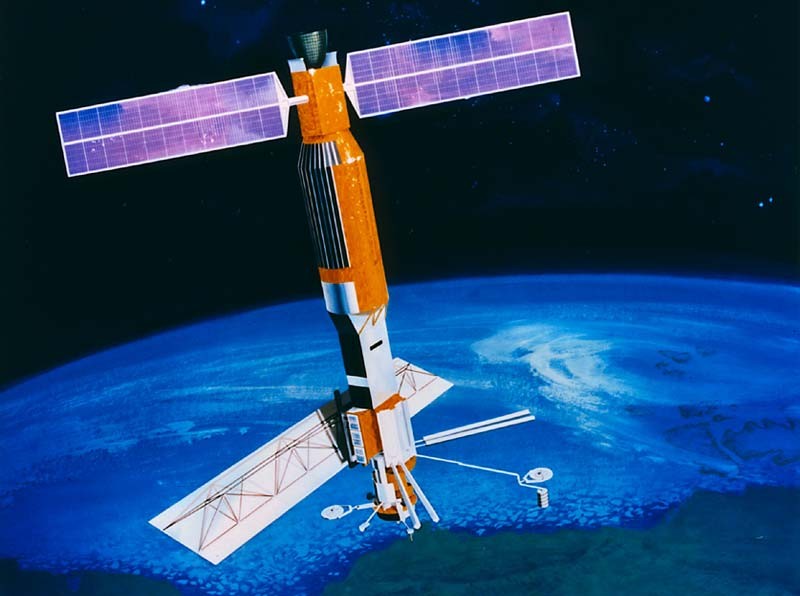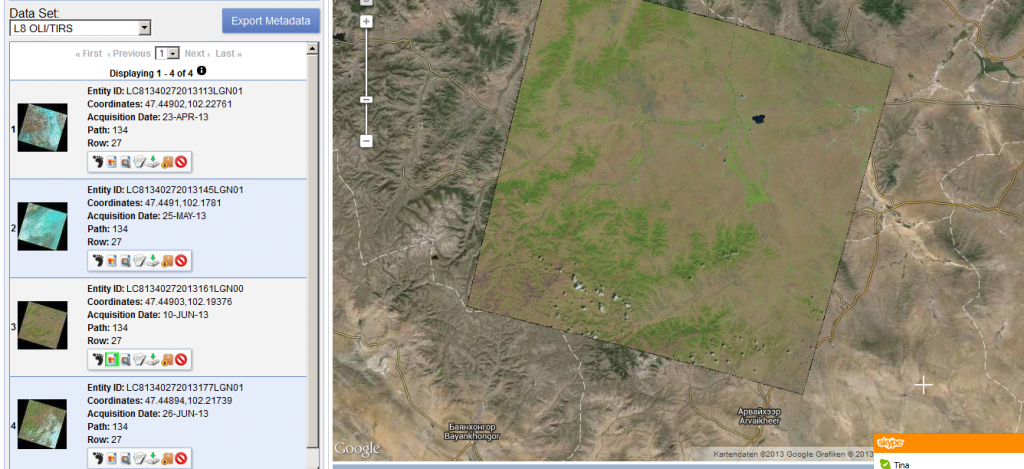Talking to a colleague recently about monitoring changes to the magrove forest of the Rufiji Delta in tanzania, he commented on the relative scarcity of satellite data over the region. It’s too cloudy. Some Landsat TM data exist: we found four images between 1989 and 2010 with less than 20% cloud over the northern delta. To observe the forest we will develop tools that use cloud penetrating synthetic aperture radar (SAR) data.
SARs transmit microwaves at centimetre wavelengths (normally) that can penetrate cloud and can image the surface day or night. The intensity and polarisation of reflected or “backscattered” radar waves are measured at the satellite to create an image. The antenna, or aperture, of the SAR is normally several metres long; SAR satellites orbit between arond 500 km and 800 km above the earth’s surface. The amount of time the antenna dwells over the target surface partly determines how much of the return signal can be measured (a longer dwell time = more energy measured by the antenna). The more energy measured, the better the spatial and radiometric resolution of the system. To increase the size of the antenna (or aperture) and thus increase the effective dwell time, a SAR system uses the forward motion of the satellite to synthesise a longer antenna.
To do this the SAR processor uses the small change in radar wave frequency caused by the motion of the satellite relative to the target to identify which regions, or pixels, are located ahead of and behind the centre of the illuminated footprint (the zero-doppler line). This is the doppler effect in action! The frequency of the returned radar waves is shifted and this shift is mapped to locate the position of the radar waves realtive to the zero-doppler line. This allows the SAR to make higher resolution observations than would be possible with a stationary antenna of a similar size. As a satellite at 700 km is moving approximately 7 ms the size of the synthesised antenna is considerably larger than the physical antenna. Thus a SAR achieves a higher spatial resolution along-track also known as the azimuth direction.
For a fuller description of the principles of SAR i recommend Woodhouse, Iain. H. Introduction to microwave remote sensing. CRC Press.




